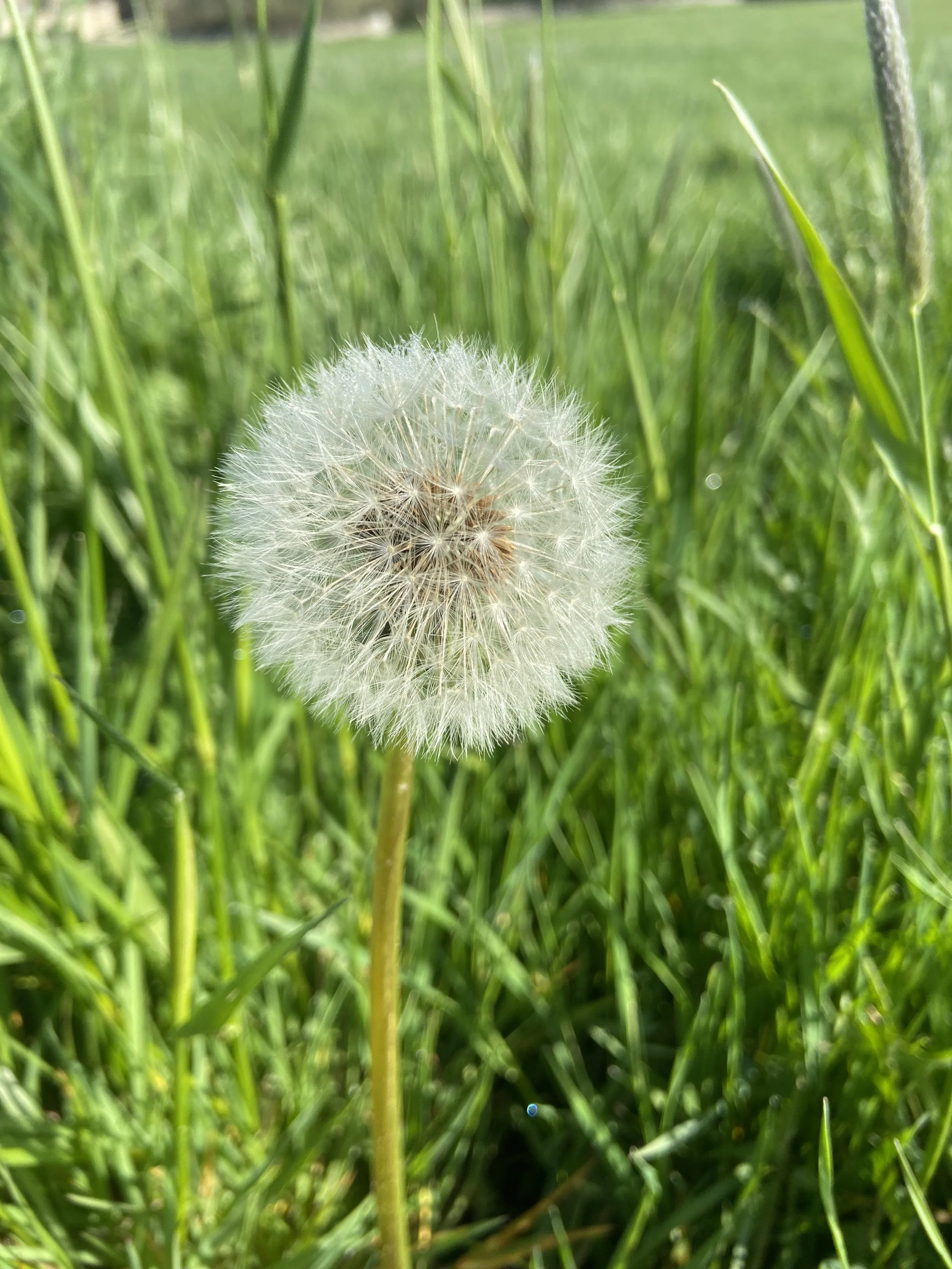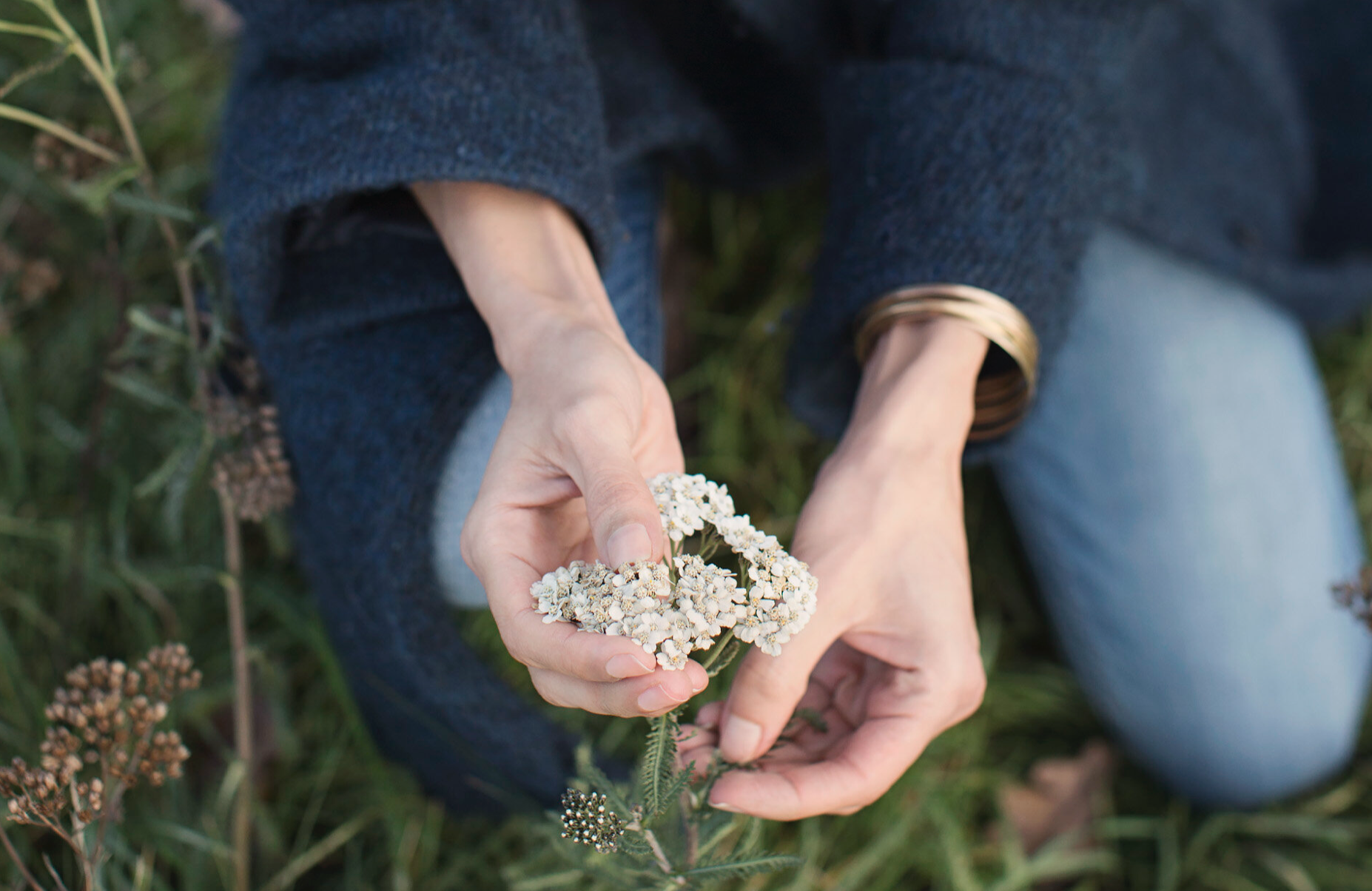Dandelion: The Ingredient Edit
by Senior Gardener, Victoria Bowsher
The common dandelion (Taraxacum officinale) is probably the most familiar of our wildflowers and one of the first sources of pollen for the bees in spring. They get their name from the distinctive shape of the leaves “lions teeth” (the French being “dent-du-lion”)
Though many keen gardeners may think of them as a nuisance, they are edible and have many medicinal properties. They contain lots of vitamins and minerals, including A,C,E and K, iron, calcium, magnesium and potassium. Commonly used in folk medicine, dandelion was regarded as a powerful cure for many ailments including jaundice and kidney complaints.
It is possible to eat the whole dandelion plant, the bitter leaves have a spicy kick similar to arugula, the buds can be pickled or sautéed and added to a variety of dishes, the flowers or petals can be used to give colour to salads or cakes or used to make a plant based "honey" and the roots can be steeped in hot water as a tea or dried and ground as a coffee substitute.
For the Love of Weeds
By Maya Thomas
I am an abashed lover of weeds. Where some gardeners might have an apoplectic reaction to the sight of dandelions crowding their lawns, nettles threatening an assault through their beds or ribwort spreading herself delightfully through any nook or cranny, I am comforted by their consistent and ancient resilience. More than this though it is their role in the world of bitter tastes and flavours that I find so enticing.
Not sour, nor astringent, bitterness lies somewhere out in the culinary wilderness and wastelands. And this isn’t just a metaphor for how bitter foods have dropped out of our daily diets. Practically all our native British bitters are ruderal species. They thrive where other plants cannot, growing on scrubland, in-between the cracks in the pavements, alongside railway lines, and taking over abandoned buildings.
Opportunistic, unfussy, hardy, undiscerning and often times indestructible, we foolishly denigrate our dandelions, burdock, mugwort, and vervain. Using Bitter plants for medicine is as old as civilisation. Traditional Chinese Medicine, Ayurvedic and Herbalism all extensively rely on bitter plants as the backbone of some of their most effective remedies. Known as “blood cleansing” medicines these bitter plants are employed to balance blood sugar, heal the gut, and promote better liver function.












